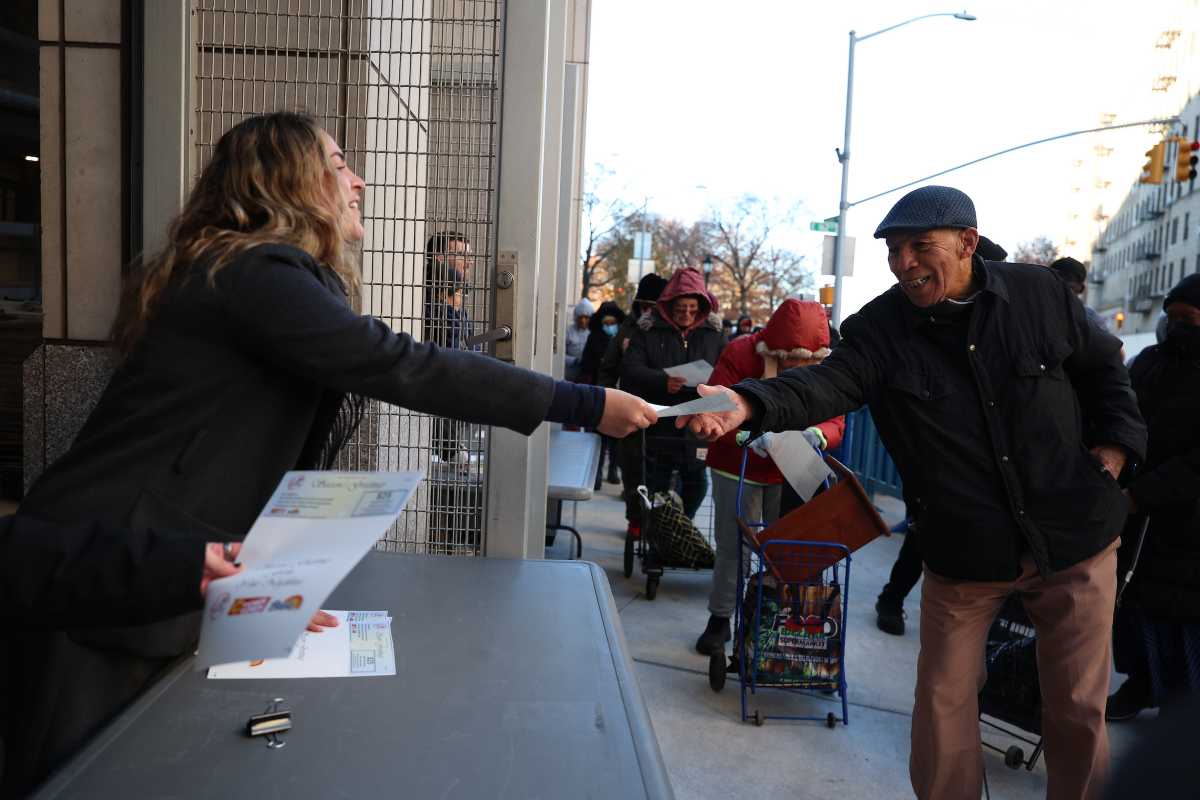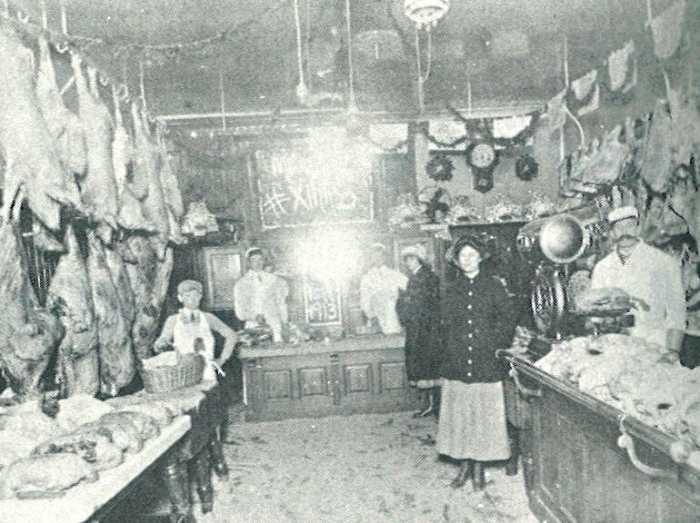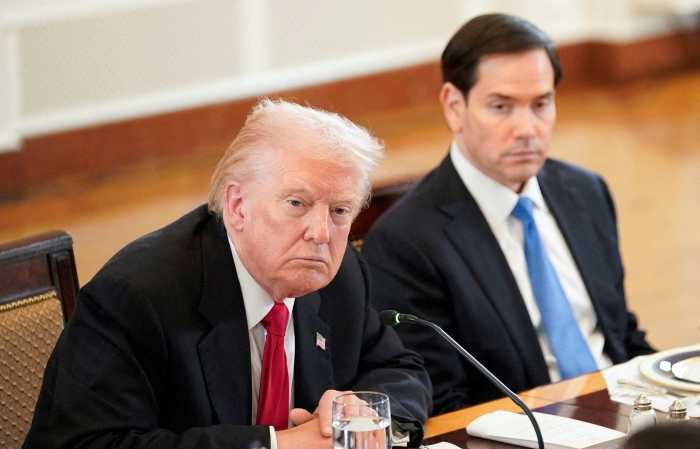By Brad Hoylman
Community boards are an anomaly in city government. They are the only entities given specific responsibilities in the City Charter, but no powers with which to carry them out. The boards’ duties aren’t exactly small beer, either. They include long-term community planning, land use issues, applications for liquor licenses and sidewalk cafes, street fairs and community needs in the city budget. However, in each instance, the community boards’ opinions are only advisory.
A community board’s real power lies in its ability to persuade city and state agencies and elected officials that its opinions count. This power to persuade almost entirely rests on the board’s credibility, which is why the community board reforms introduced by Manhattan Borough President Scott Stringer last year are so important. By making community board reform a major part of his campaign platform, the borough president both raised the boards’ profile and created a blueprint for increasing their relevancy.
The most significant reform introduced thus far is the recruitment and selection process of new board members. Stringer has been tireless in his effort to encourage underrepresented groups to send candidates for consideration. Locally, nowhere is his effort more necessary than in Chinatown. Chinatown straddles three different community boards — Boards 1, 2 and 3 — due to the peculiarity of the district lines, but has never been represented adequately on any of the three. The chronic underrepresentation of Chinatown on the boards has significantly hampered its ability to build support for its issues, which are often distinct from those of other neighborhoods in Lower Manhattan.
Stringer has changed the board application process, too, which has helped address the nagging problems of conflict of interest and politicization. Allegations of conflicts have created controversies and undermined community board decisions for years. Because there is little guidance regarding the conflict rules at the board level, it’s been easy for those who disagree with board positions to disparage them by alleging a conflict. Now this issue is being addressed in the application process — board candidates must state upfront that they have no known conflicts that would interfere with their service. The borough president has pledged to provide more support on this issue in the future, including drafting legislation that would require board members to complete short financial disclosure forms.
The board selection process has also been totally revamped. In past years, it seemed at times that some board members were chosen primarily on the basis of who, not what, they knew. I have personal knowledge of this depressing practice. When I ran for chairperson of Community Board 2 in 2003, as The Villager reported, it was alleged that some members were appointed to the board on the condition that they vote for my opponent! In a stark departure from the clubby nature that characterized the process in previous years, the borough president now uses an independent screening panel comprised of representatives from civic and good-government groups to vet applications. And no one is appointed without first being interviewed, as are all board members seeking reappointment.
Two more Stringer innovations deserve mention. First, he’s created a new, mandatory training program for new board members that’s been praised for its thoroughness by new and old members alike. Second, the borough president has begun a novel fellowship program that assigns graduate urban planning students to community boards to help them fulfill their long-term community planning responsibility. On Community Board 2, we’re eagerly awaiting the results of the first project by our urban fellow, Chisato Shimada, a graduate student at Hunter College, who conducted a survey to determine where new sidewalk curb cuts were needed.
If interest is any indication, the borough president’s reforms have already helped improve the standing of community boards. More people than ever are applying and, at least on Community Board 2, the quality and diversity of recent appointments seem extremely high. However, more work needs to be done. The boards themselves need to engage in their own round of reforms to assess issues such as improving community outreach, planning annual agendas and budgets and increasing civility of meetings, if they are to fulfill the responsibilities charged to them by the City Charter.
Hoylman is vice chairperson of Community Board 2 and a member of the borough president’s Community Board Reform Committee.




































